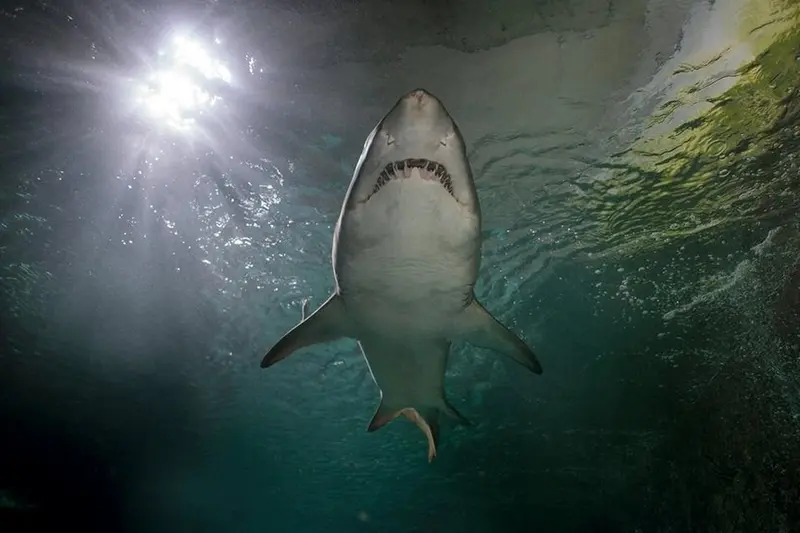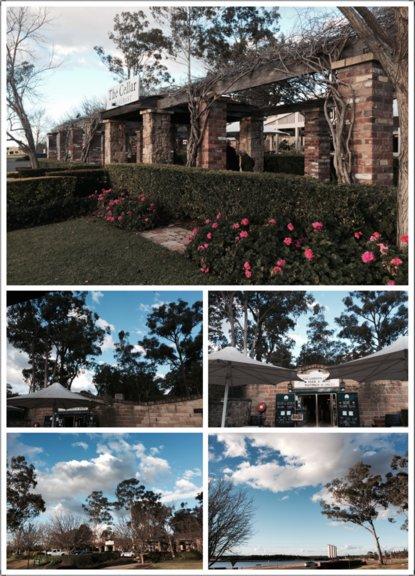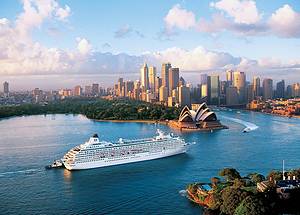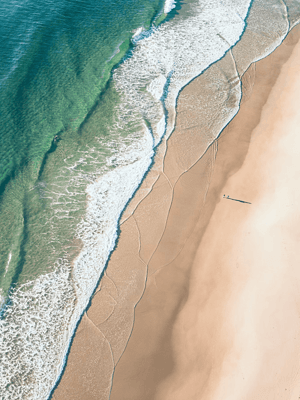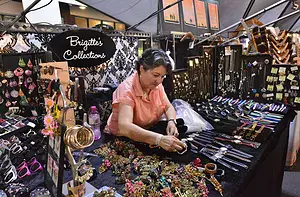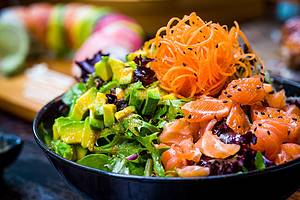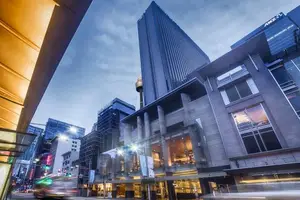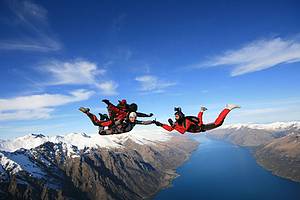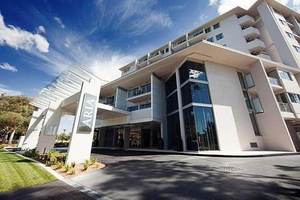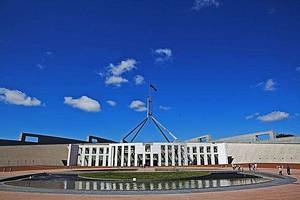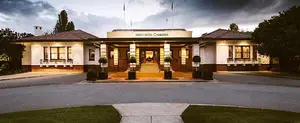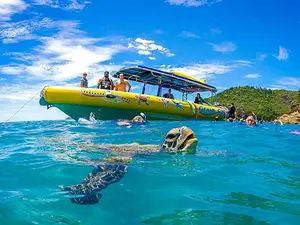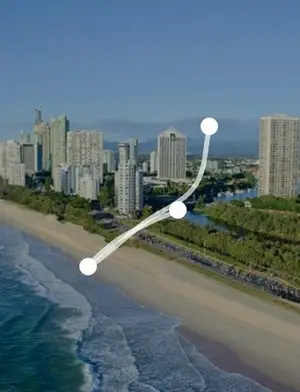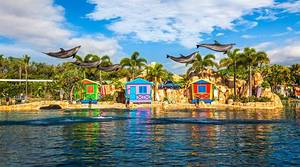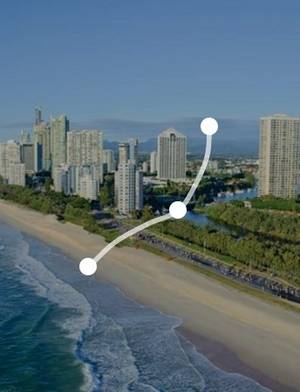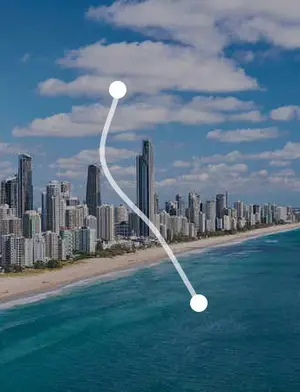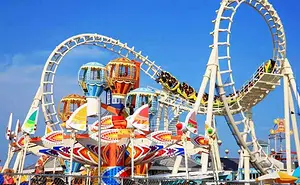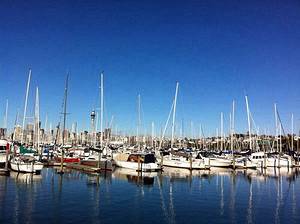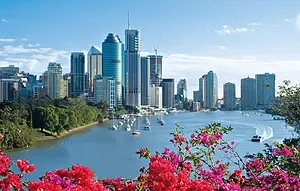Sydney - Hunter Valley 3-day Vacation Trip
2 cities |
10 attraction(s) |
total distance 356
km
 TIPS
TIPS
Day1
Day2
Day3
Day1: Sydney
4 attraction(s) ·
16 km
1
The Royal Botanic Garden is located behind the Opera House and is home to many unique Australian plants. During the colonial era, it was the site of the Governor's residence and became the government of New South Wales after Australia's independence. The Queen Elizabeth Walk along the east side of the garden leads directly to Mrs. Macquarie's Point and offers free guided walks. At the end of the walk, there is a platform called "Mrs. Macquarie's Chair," where you can take the classic photo of the Opera House in the foreground and the Sydney Harbour Bridge in the background, as often seen in travel books.
11
km
2
The Sydney Opera House is located in Sydney, Australia. It is one of the most iconic and distinctive buildings of the 20th century, and is a world-famous performing arts center and a symbol of Sydney. The designer of the opera house is Danish architect Jørn Utzon, and construction began in 1959, with the main theater completed in 1973. In June 28, 2007, the building was listed as a UNESCO World Heritage Site. The Sydney Opera House offers daily official Mandarin Chinese tours, each lasting thirty minutes, with knowledgeable Mandarin-speaking tour guides. The white exterior of the Sydney Opera House, shaped like a sculpted shell on the harbor, resembles floating petals in the air, and has been awe-inspiring for many years.
The Sydney Opera House is located on Bennelong Point in Sydney Harbor, with its unique sail-like structure and the Sydney Harbor Bridge as a backdrop, making it a charming sight. Thousands of tourists come to admire this building every day.
The Sydney Opera House consists of two main halls, several smaller theaters, performance halls, and other ancillary facilities. The two large halls are located within the larger sail-like structure, while the smaller theaters are located within the base. The largest hall is the Concert Hall, which can accommodate up to 2679 people. Originally designed as an opera house, the design was later changed, and even the completed opera stage was demolished and rebuilt. The Concert Hall features a large organ, known as the world's largest mechanical tracker-action organ, consisting of 10,500 pipes, built by Ronald Sharp from 1969 to 1979. The smaller hall is the actual opera house. Due to the initial design of the larger hall as an opera house, the smaller hall was considered unsuitable for large-scale opera performances, with a relatively smaller stage and limited space for the orchestra.
6
km
3
The Rocks is one of the liveliest areas in Sydney. Its name originated from the early colonial days in 1788 when most of the earliest buildings were constructed with local sandstone. It was the earliest developed area in Sydney and used to be a haunt for sailors, traders, thieves, and prostitutes. It was also the location of a bubonic plague outbreak in 1900 that claimed 100 lives. More destruction occurred in the 1920s when streets were demolished to make way for the southern approach to the Sydney Harbour Bridge. However, in 1970, community redevelopment transformed the area into a popular destination for tourists. The Rocks has many attractions that can easily fill up a day for visitors, such as Nurses Walk, the Suez Canal, Campbell's Cove with its historic warehouses, and Dawes Point Park under the Sydney Harbour Bridge. George Street serves as the main axis of The Rocks, which is also the first street in Australia. The boundaries of The Rocks are roughly marked by the Cahill Expressway and Bradfield Highway, extending to the waterfront. The area still preserves its old-world charm, where you can find quaint cafes, artisan shops, restaurants, and galleries. On weekends, there is also a market where you can find interesting items, though they may not come cheap. For photography enthusiasts, please note that some stalls at the market do not allow photography.
1
km
4
Day2: Sydney > Newcastle
4 attraction(s) ·
180 km
1
The Manli Marine Conservation Area is a public aquarium located on Manli Beach. It houses sand tiger sharks, large sea turtles, giant yellow-finned tunas, and various other fish species. One of its highlights is the opportunity to dive in the shark pool and swim with the sharks! Here, you can not only observe the feeding process of marine creatures but also walk through an underwater tunnel and see various marine life swimming around you. You can even reach into the touch pool and personally feel the amazing texture of these marine organisms! Moreover, you can dive into a large pool with a capacity of five million liters and have close encounters with sand tiger sharks, large sea turtles, giant yellow-finned tunas, and various other fish species.
1
km
4
This is a pleasant beach, popular with surfers. The surrounding facilities are complete, including parking lots, restaurants, and parks, making it convenient for visitors to use.
Day3: Sydney
2 attraction(s) ·
161 km
1
Hunter Valley is located in New South Wales, Australia, approximately 120 kilometers north of Sydney. It has a total area of 29,145 square kilometers and is known for its wine production, which rivals the Barossa Valley in Western Australia. According to the 2011 census, the population is 620,530. It is a vineyard region of New South Wales, located about 150 kilometers northwest of Sydney, with a travel time of approximately two and a half hours by car. There is also a beautiful park in the area.
161
km
2
Darling Harbour is a famous landmark in Sydney where you can choose to spend the night at a bar or dance hall, or simply sit on the wooden steps by the bay, letting the gentle sea breeze brush your face and thoughts. Surrounding Darling Harbour are various leisure and entertainment venues, such as Harbourside shopping and dining precinct, the National Maritime Museum, the Sydney Exhibition Centre, IMAX cinema, waterfront restaurants and bars, aquarium, and wildlife museum.




